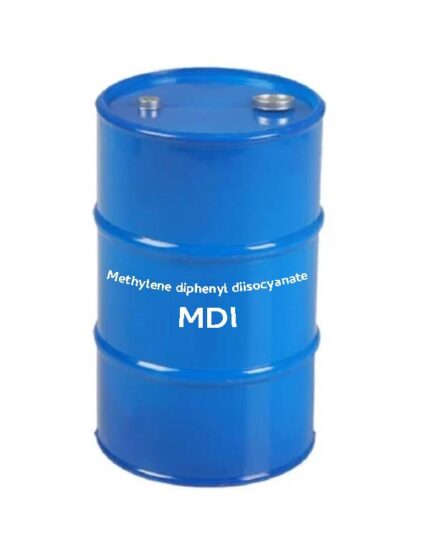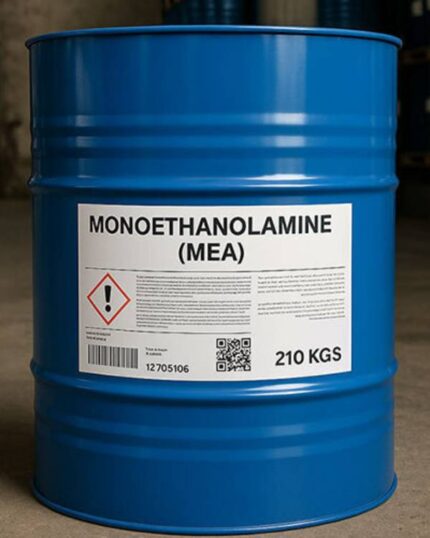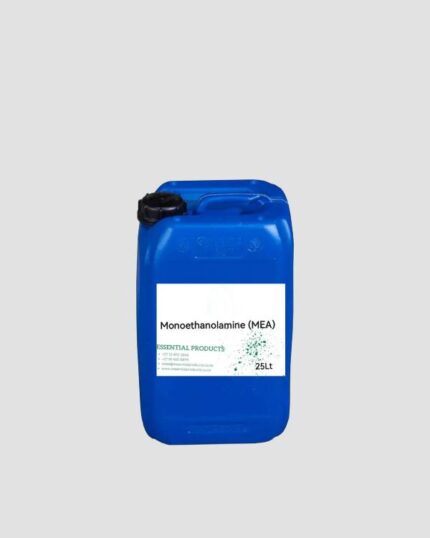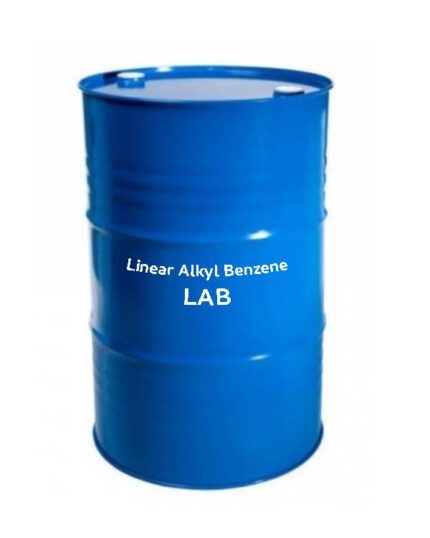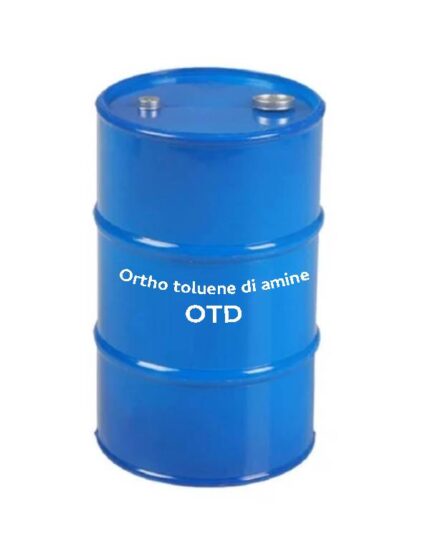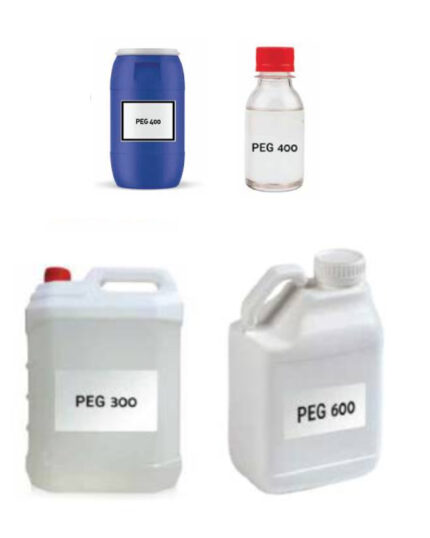Methylene diphenyl diisocyanate (MDI)
Methylene diphenyl diisocyanate is an aromatic diisocyanate. Three isomers are common, varying by the positions of the isocyanate groups around the rings: 2,2′-MDI, 2,4′-MDI, and 4,4′-MDI. The 4,4′ isomer is most widely used, and is also known as 4,4′-diphenylmethane diisocyanato.
Mono Ethanol Amine (MEA)
Monoethanolamine (MEA) is a simple ethanolamine with one primary amine and one alcohol group. It is a colorless liquid with a mild ammonia odour.
Mono Ethylene Glycol (MEG)
Monoethylene glycol (MEG) is an odorless, colorless, clear and viscose liquid with a sweet taste, which is produced from the reaction between water and ethylene oxide. It is miscible with water, alcohols, and many organic compounds, and has the chemical formula of C2H6O2.
Mono Propylene Glycol (MPG)
Mono Propylene Glycol (MPG) serves as a solvent, connects and stabilises insoluble fluids, reduces the freezing point in water, increases the boiling point, and offers outstanding stability with high flash and boiling points. MPG is chemically neutral, i.e. it usually does not react with other substances.
- MEG
- PEG
- TEG
- DEG
Monoethanolamine (MEA)
Monoethanolamine (MEA) is a simple ethanolamine with one primary amine and one alcohol group. It is a colorless liquid with a mild ammonia odour. MEA is mainly used in sweetening natural gas and coal gas, and as soap or amides in heavy-duty detergents. Monoethanolamine is also used in the production of ethylene amines.
Nitric Acid
Nitric acid is a nitrogen oxoacid of formula HNO3 in which the nitrogen atom is bonded to a hydroxy group and by equivalent bonds to the remaining two oxygen atoms. It has a role as a protic solvent and a reagent.
Nitro Benzene (NB)
NB is a precursor to faric dyes and it also used to mask unpleasant odors in shoe and floor polished, lether dressing, paint solvent and other material.
Nonylphenol Ethoxylates (NPE 9, 10, 20, 30, 40)
Nonylphenol Ethoxylates (NPEs) are nonionic surfactants which are such as all kinds of other nonionic surfactants mixtures varying in the number of repeating ethoxy groups. The digit which is appeared after the name of KENON shows the average number of ethylene oxide units in the Nonylphenol Ethoxylate molecule.
Ortho toluene di amine (OTD)
This compound, along with other toluenediamines, is used in the production of dyes, hair dyes, and other cosmetic colors.
Poly Ethylene Glycol (PEG)
Polyethylene glycols (PEGs) are condensation polymers of ethylene oxide and water with the general formula H(OCH2CH2)nOH. They are the most commercially important type of polyether. The low molecular weight compounds up to 700 are colorless, odorless viscous liquids with a freezing point from -10˚C (diethylene gycol), while polymerized compounds with higher molecular weight than 1,000 are wax like solids with melting point up to 67˚C. While PEGs with different molecular weights find use in different applications and have different physical properties (e.g. viscosity) due to chain length effects, their chemical properties are nearly identical.
The numbers that are often included in the names of PEGs indicate their average molecular weights, e.g. a PEG with n=9 would have an average molecular weight of approximately 400 and would be labeled PEG 400. Most PEGs include molecules with a distribution of molecular weights, i.e. they are polydisperse.
PEGs are soluble in water and most organic solvents.





